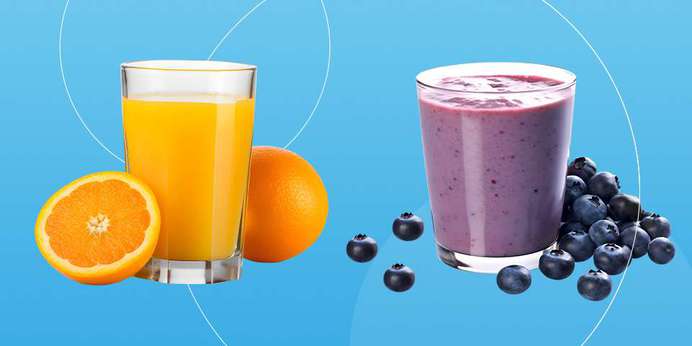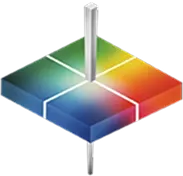The Importance of Color in Fruit Juices
The color of a juice informs the consumer about the taste and nutritional value of the beverage. For example, if consumers see a murky apple juice and a transparent one, they are more likely to opt for the clear one since that is the industry standard. On the other hand, if consumers must decide between transparent orange juice and opaque orange juice, they will probably go for the opaque product because that feature indicates a better orange juice quality.
Besides appealing to consumers, the color of fruit juice is crucial to adhering to food and beverage industry standards, as it indicates the quality of the fruit used to make the juice. If a fruit juice's color does not match existing parameters, it may be a sign that the product contains poor-quality fruit or an impurity. These potential contaminants violate food and beverage health and safety regulations, so detecting them early is vital.
Best Ways to Measure the Color of Fruit Juices
You can successfully maintain consistent quality and meet industry standards with a spectrophotometer, a highly accurate color-measuring solution. These devices monitor the way light passes through a liquid by measuring the wavelength of the reflected or transmitted light. Spectrophotometers speed up and improve your quality assurance processes since you can measure the color of the fruit juice during production, saving you time and money.
This tool is also helpful because inspecting fruit juice visually is not a viable way to ensure consistency. Various people perceive color differently, especially if they have color blindness or experience eye fatigue. Here at HunterLab, we offer precise color-measurement solutions that remove the uncertainty of visual color inspections.


